Alright – so today we’ve got the honor of introducing you to Cary Kelly. We think you’ll enjoy our conversation, we’ve shared it below.
Cary, appreciate you joining us today. Alright – so having the idea is one thing, but going from idea to execution is where countless people drop the ball. Can you talk to us about your journey from idea to execution?
I consider myself a serial entrepreneur. I had an executive coaching business for 10 years and was itching for something new and different. Cooking, and stories about food, was a passion in my personal life; I felt a pull to focus a business on that. One day, I was visiting a friend in another city and she excitedly told me about a new business in her town – an olive oil tasting store. This was a new concept sweeping across the country – one visit and I knew I wanted in. I came home from that visit and dove into research about how to open such a business.
The idea of retail excited me. My mother and grandparents were merchants and I had fond memories of working in their shops. I knew the world of specialty food was changing and global culinary influences were creeping into American kitchens. I began to have a vision for the focus, or mission, of my own shop.


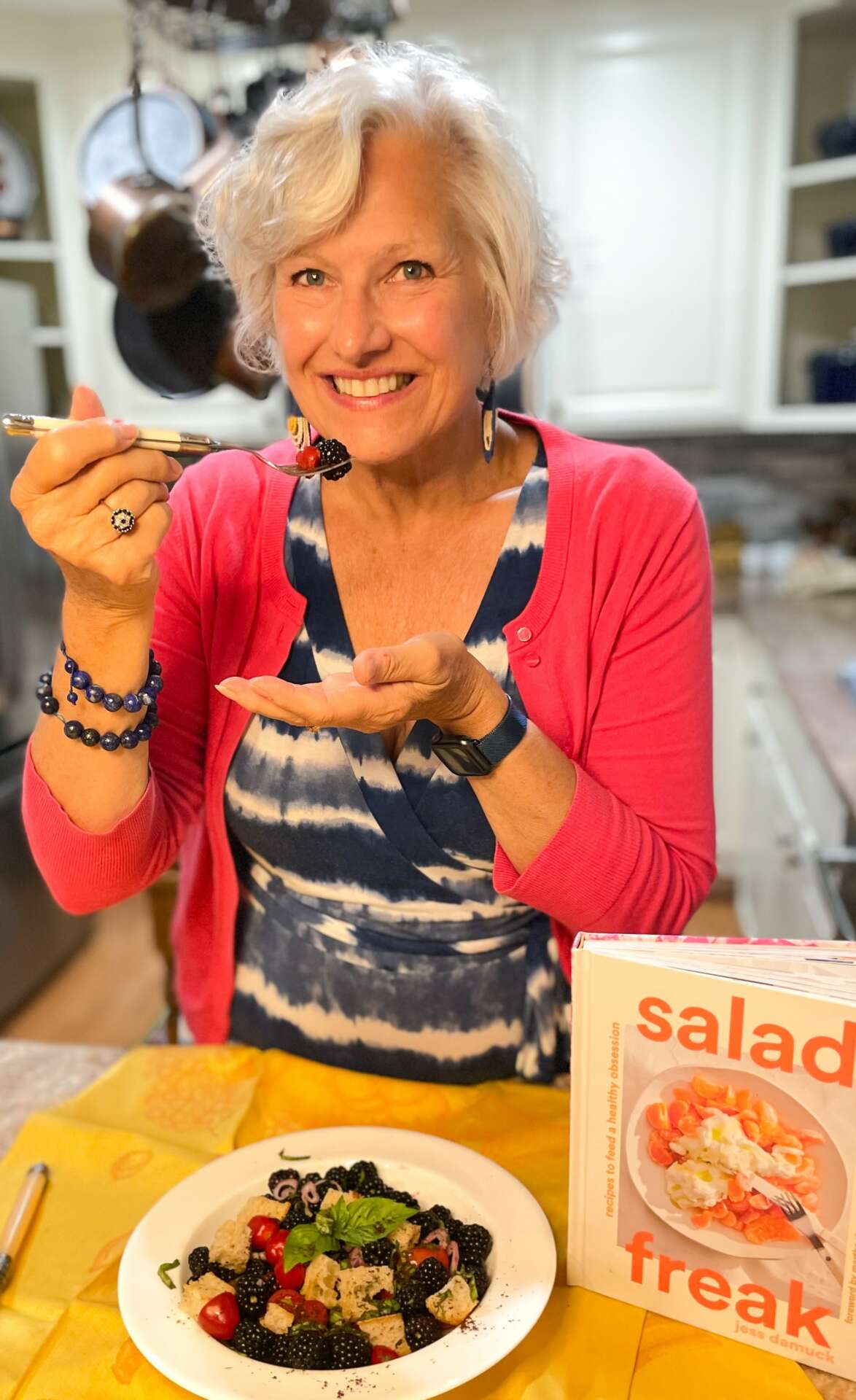
Awesome – so before we get into the rest of our questions, can you briefly introduce yourself to our readers.
I grew up the child of entrepreneurs, so I witnessed the creative nature of owning a business. I saw the emphasis, and challenges, involved in building a team and responding to customer trends, needs, and demands.
Most of all, I was influenced by the courage and energy it took to conceive and execute a business – the element of risk.
Risk is managed by building out a vision based on data. It is critical to know marketplace trends, as well as personal aptitudes.
A business owner must know her/his strengths and weaknesses and build a team around that. My years as an executive coach were immensely helpful in building my team including outside resources. I began with clarity about where I can have the most and best impact on the business. I knew that my strengths lie in crafting and holding a vision; bringing excitement and persuasion to conversations; and managing people. I built a team and gathered resources to develop a competent infrastructure to support my strengths. I hired people who had attention to detail to help manage a daily task list. I hired people to develop policies and procedures manuals based on the values and culture that I was committed to. I focused my attention on hiring and inspiring a great staff; developing a brand for the business to get out to the media and community; creating an environment that was beautiful, inviting, and welcoming. To use jargon from the restaurant industry – I focused on the front of house where I knew my strengths lay (and my passion), while my staff focused on the back of house (a solid backbone that codified expectations).
When I was at my healthiest, meaning I was happy and bringing my best self to the staff and customers, my business would thrive. I knew that my primary commitment was to protect the balance that allowed me to focus my energy on areas where I had the greatest strengths and nourish a staff who brought strengths to other areas.
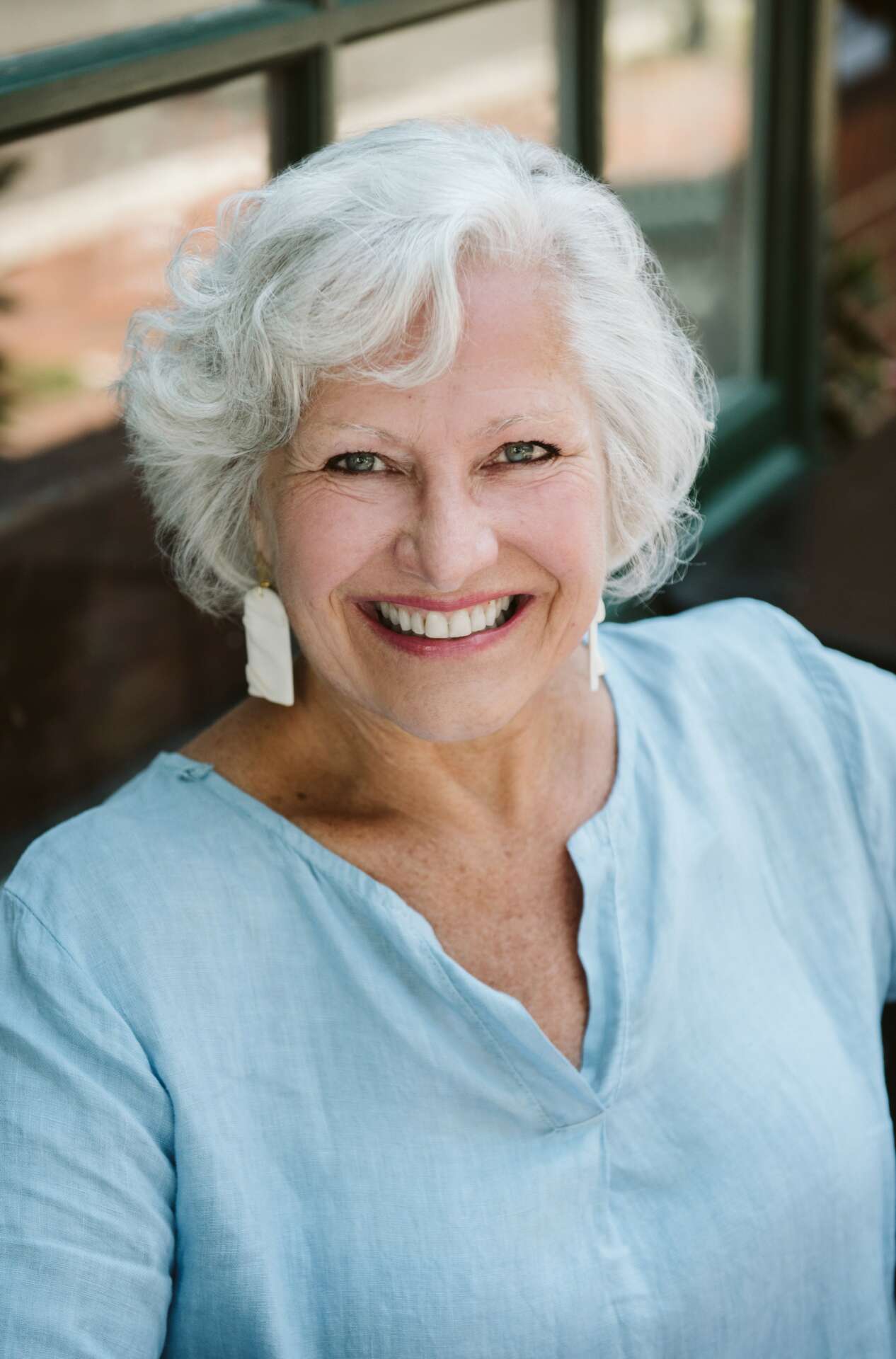
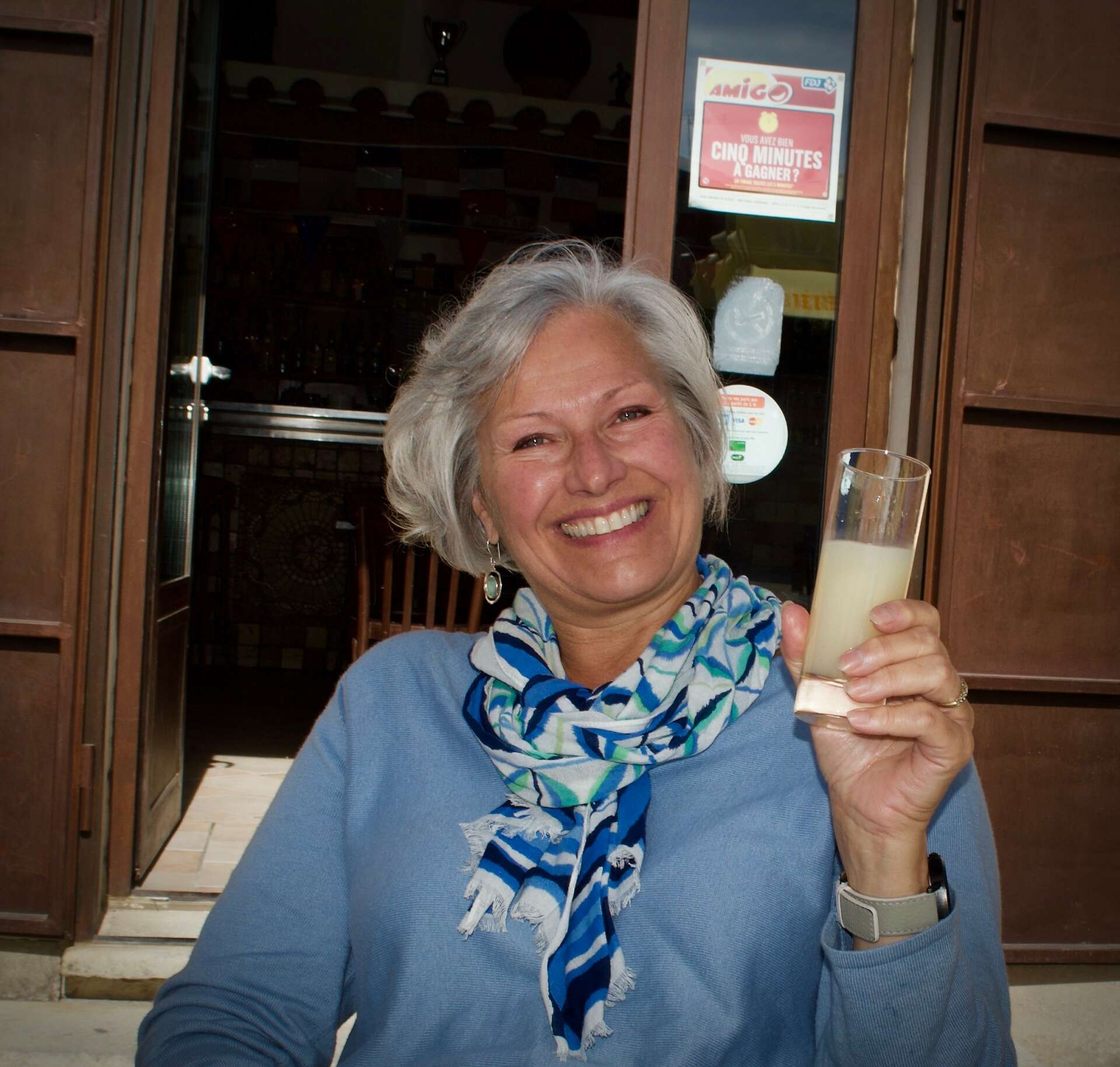
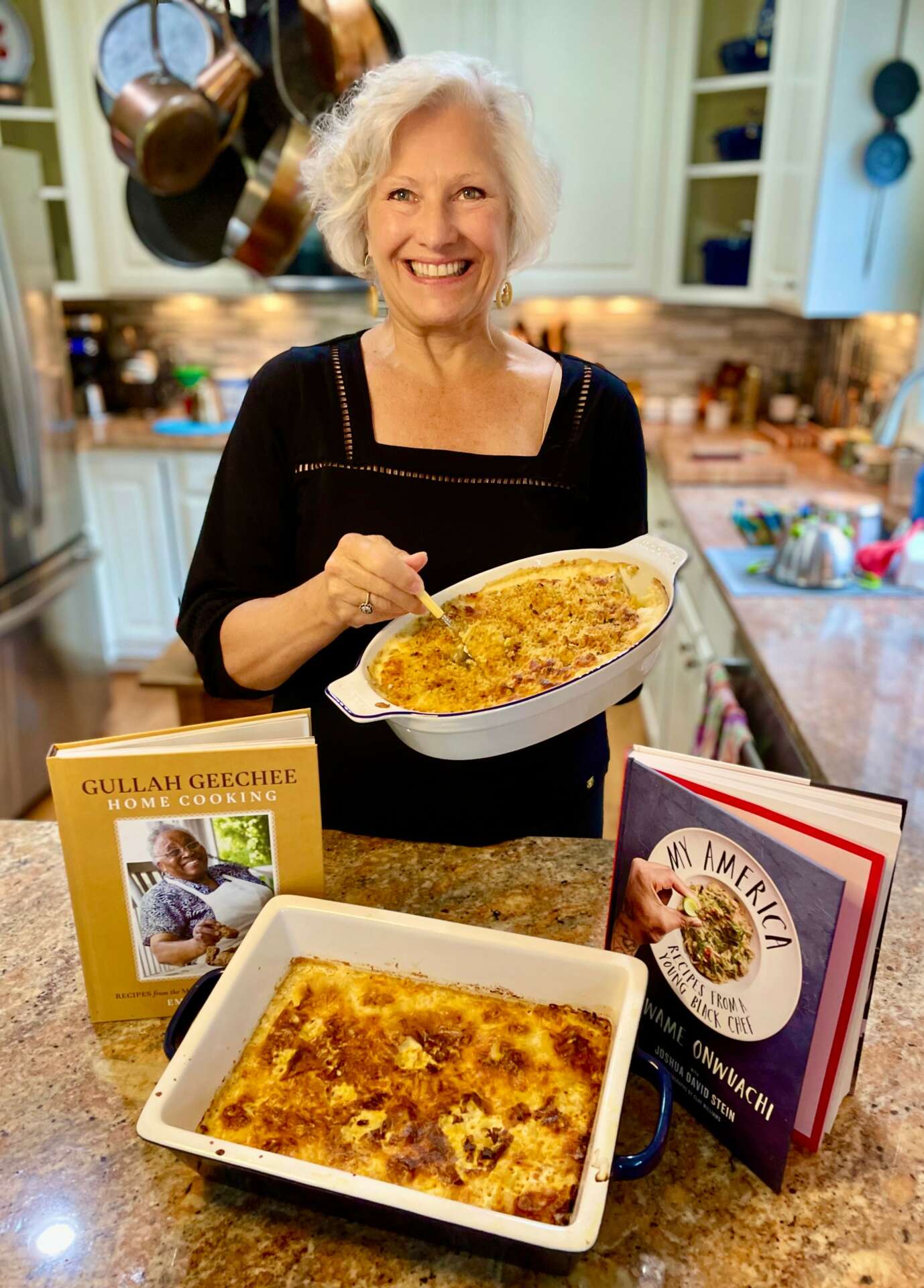
Have you ever had to pivot?
I started my business riding the wave of a new trend in culinary retail – the olive oil store. There was a franchise-style network of stores that I decided not to join. I took the model and used it to create my own concept. Mine was the first olive oil tasting store in our region, however, within three years there were over twenty. I watched this trend very carefully alongside the growing trend of American consumers buying olive oil.
I think competition is something to study, not fear. It can be helpful to have someone nipping at your heals; it drives the desire to be the best. It was this desire that kept me hyper-focused on tends – trends in retail; trends in this particular niche; and specialty food trends.
Every year, I made minor tweaks to my vision still holding true to our core values and mission to our consumers. Five years in, I knew the trends required a rebranding of our business.
The first step was to change the business name – a huge risk. I engaged our customers in the process by creating a poll to choose the new name. I worked with a designer to develop some potential logo images and a list of six different name options. The votes were clear; the comments were gold. Over 700 customers responded to the polls and many added remarks, insights, suggestions, and stories. This process gave me a rare look into how our community perceived our business. It was affirming, inspiring, and informative. I took those comments and read them over and over, sharing them with our staff (who also participated in the poll), and assessed everything from product selection to store image.
We were successful in making a major shift that brought a lot of new customers and preserved our existing base. Engaging staff and customers in every step of the process was critical to the success of the shift. A new name, logo, and expanded product selection brought in many new customers who were just not attracted to the former brand (an olive oil tasting store). We were now a specialty food store that happened to carry olive oil. Every day we heard customers comment on how excited they were to have a new shop in the community! We didn’t need to explain to these new customers that we’d been around for 5 years, we just needed to welcome them. Our existing customers received a lot of attention from personal emails, social media stories, and the poll asking them to participate, a special unveiling party, and a discount to shop the new look. They needed to be assured that what they loved wouldn’t be lost in the transition. Constant communication (talking and listening) was key.
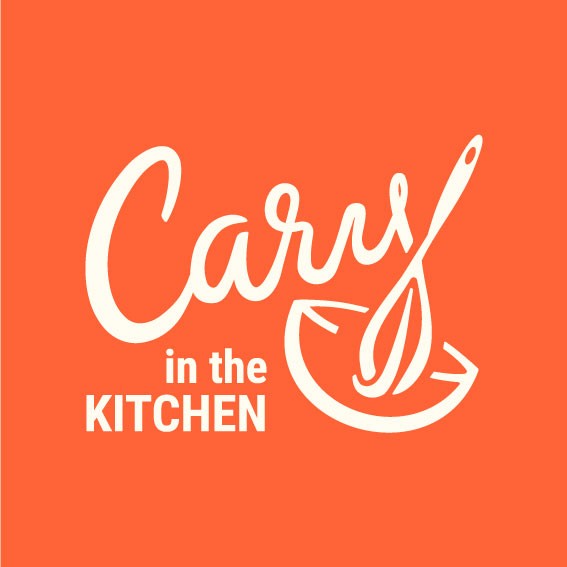
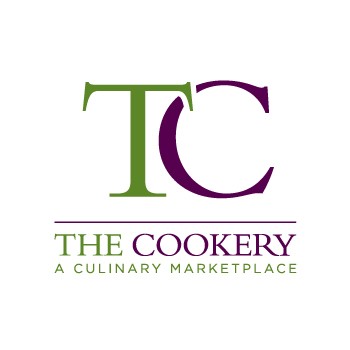
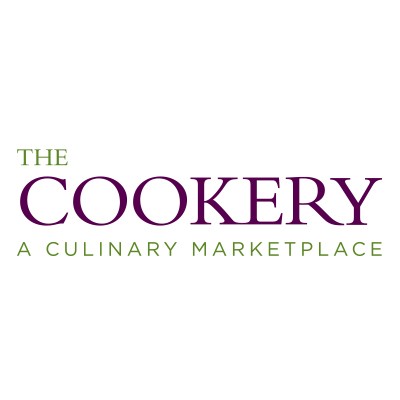
Any resources you can share with us that might be helpful to other creatives?
My business began with one small shop, which eventually grew to four locations. I spent every day in the shop in the first year and most days after that. I operated largely by observing and listening to customers and following trends in my industry. What I didn’t do as well was to collect and analyze financial data about business performance. I operated solely on intuition and reacting to customers.
I wish I had known about, or looked for, a resource that would help me do that. Lesson learned: know my industry stats and formulas (for retail, it is things like churn, conversion, cash flow, and margins). Then find resources (software and consultants) who could take the data and predict trends that would inform product purchase, growth, obstacles to growth, financial weaknesses and opportunities. I made the mistake of thinking small – saying to myself “I can’t afford that” or “my business is too small for that.”.
Think your business into the size you want to be and always act like a big fish, no matter the size of the pond. Surround yourself with resources that match and support the future business – develop infrastructure – policies, procedures and practices that support growth – do those things first not as a reaction to growth. This is what I would tell my past self.

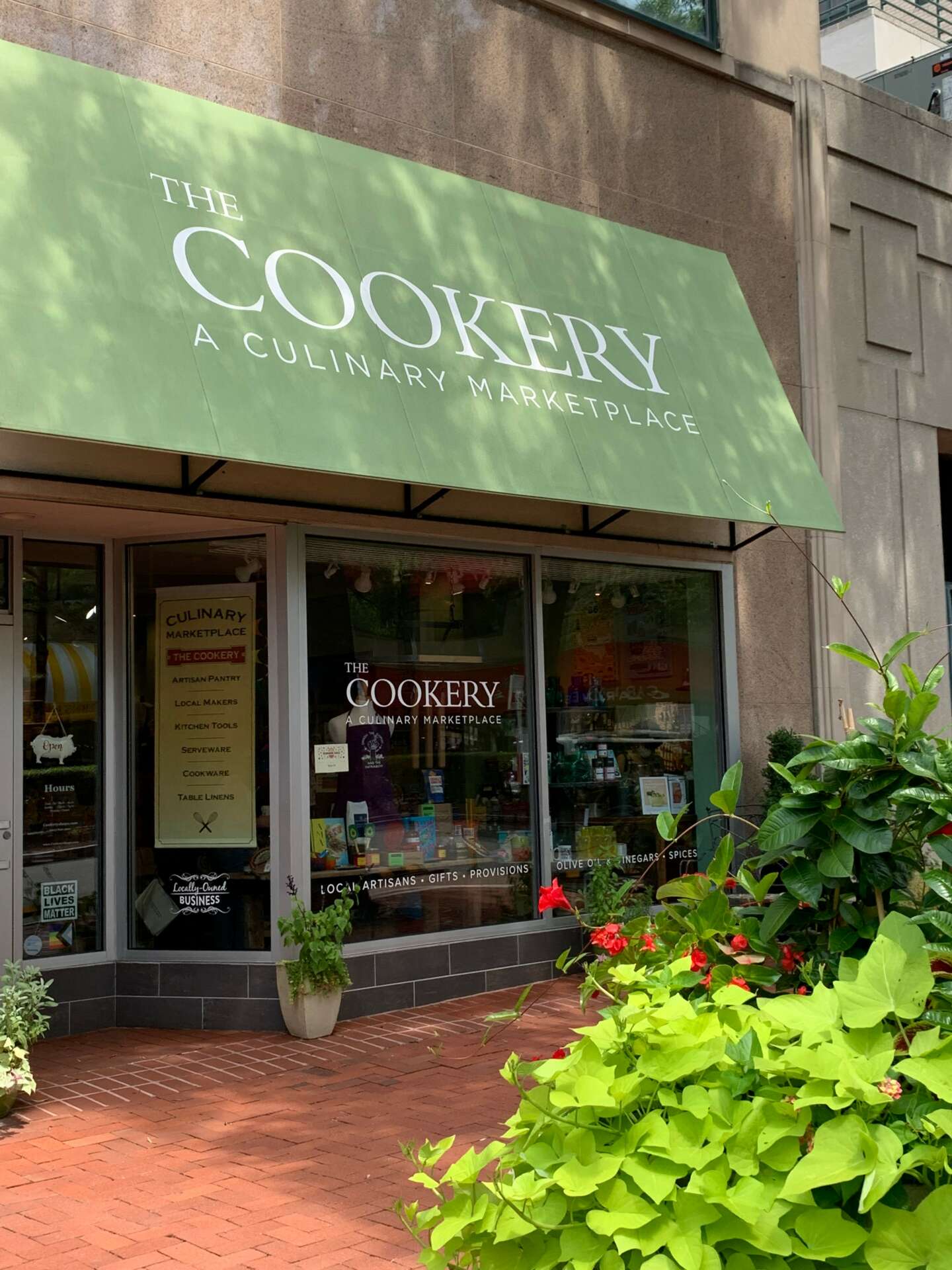
Contact Info:
- Website: Www.caryinthekitchen.com
- Instagram: @caryinthekitchen
- Facebook: caryinthekitchen
Image Credits
Headshot: Rene Gage Photography Cookery Storefront Shot: Greg Powers Photography

